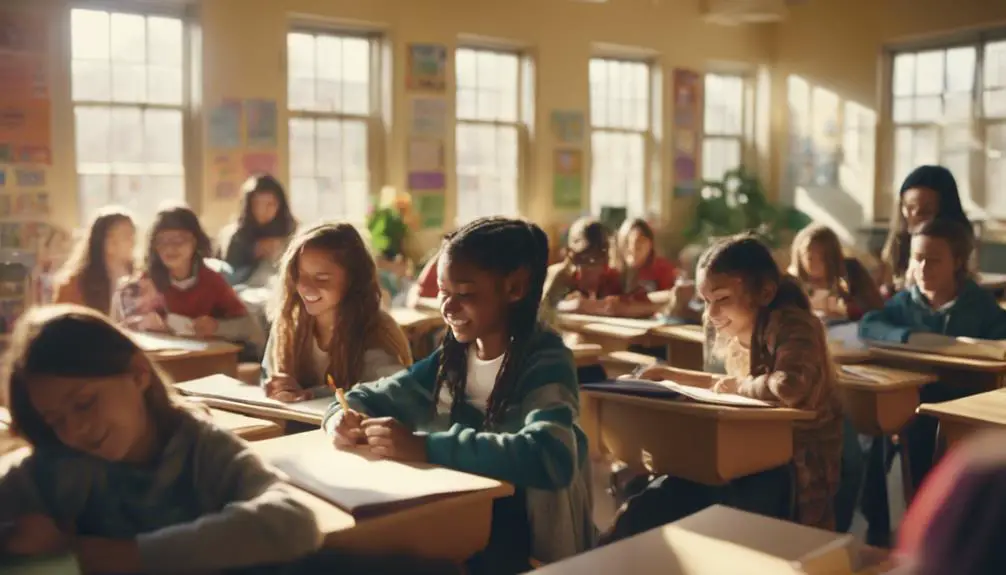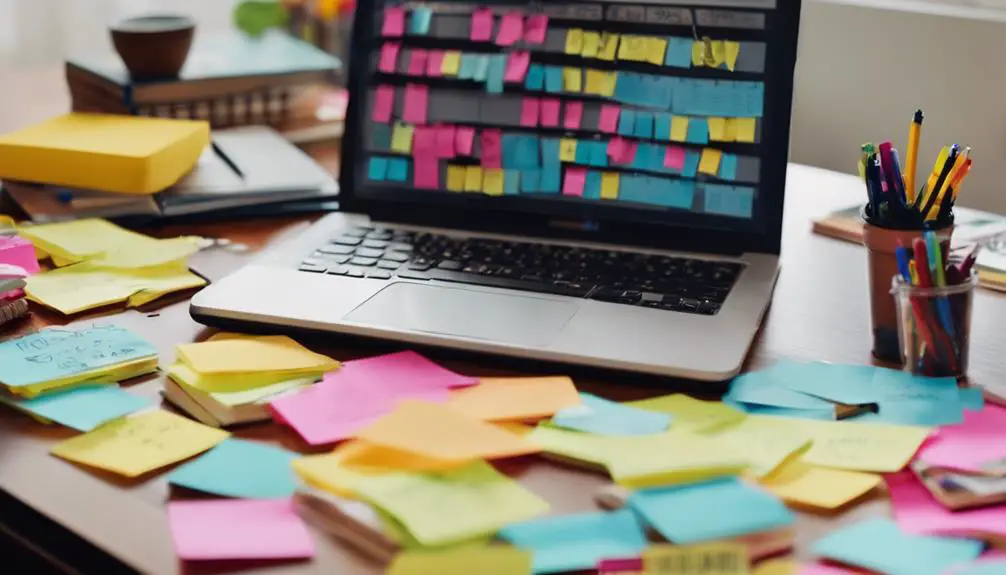Modeling is showing how something works, using one’s actions. It can be done with objects or by acting out social situations.
Modeling Theory has its roots in Social Learning Theory, which states that learning occurs through observation of other people’s behavior and the consequences of this behavior (Bandura). Since then, there have been many different approaches in modeling research.
Modeling is an excellent way to demonstrate a skill, because students can physically see the activity being carried out. It can give them a better understanding of how to do it themselves, whereas if they are simply told by the teacher where things need to be placed or how to hold their arms, it’s possible that they may not understand what is required of them.
Modeling is an activity that takes up a lot of the teacher’s time, ensuring that it is seen by all students and giving individual attention to those who need it most. The more modeling done by teachers, the less likely there are to be issued in the classroom due to a lack of understanding.
Modeling is a highly effective strategy for demonstration, practice, and feedback.
What Are Some Benefits of Modeling for Classroom Management?
There are many benefits of modeling for classroom management that are outlined in the following points.
Improves Learning
One benefit is that it provides students another opportunity to learn the lesson. This means that if a teacher plans on reading a story to students, they can first read it themselves to model what good readers sound like. Although this doesn’t mean that they have to read it at the same pace or loudness, simply by reading it they are showing students what a good reader sounds like.
Practice What Is Learnt
Another benefit is that when teachers model for their students, students have another opportunity to practice skills and develop their fluency. This means that if a teacher wants to teach a skill such as how to ask questions, then they can first model how to ask the questions. This provides students with another chance to practice the skill and become more fluent at asking questions.
Saves Time
Modeling allows the teacher to save time during their lesson. This is because it reduces the time spent by teachers in teaching a topic or concept. This is due to the fact that students understand concepts quickly if the teacher models them effectively. Remember, this reduces the probability of having problem behavior in the classroom.
Correct Students
Another benefit is that it provides a second chance for students who have incorrect answers. This means that sometimes students may not be paying attention and may miss something the teacher says, so when they do their work and it is incorrect, they can try again. This gives them a second chance to get the answer correct.
Provides Feedback to Students
Teachers also have an opportunity to provide feedback on how students are doing throughout the day. If a teacher knows that every student in the class doesn’t understand a question asked by the teacher, then they can model how to ask the question differently so all students will understand. This allows teachers to find out if any students have a misunderstanding about a certain topic and provide them with feedback throughout the day.
Improves Teachers Expectations
Teachers also have the opportunity to model what good work looks like for their students, which provides another chance for them to take pride in their work. With this, students understand the expectations of the teacher. This is possible because students see the teacher doing the activity or action expected of them to perform.
Improves Students’ Behavior
Modeling is one of the most beneficial strategies teachers can use in their classes. It provides an extra opportunity for teachers to teach classroom rules, routines, and procedures. This helps every student to understand and practice appropriate behavior and standards in the classroom.
From the above, the main reason why modeling is important for classroom management is that it enhances students’ understanding of what they are being taught. Students’ understanding is a key classroom management issue that every teacher must strive to achieve. Without comprehension, students divert their attention to the performance of other activities leading to misbehavior.
How to Use Modeling in Your Classroom?
As a teacher, you must have a sense of active engagement with your students. If you are interested in giving good experiences to your students, modeling can be one effective tool. Modeling can provide meaningful stimuli for learning and help facilitate the development of new skills across all areas of the curriculum. In this article, you will learn How to Use Modeling in Your Classroom effectively.
Where or When to Use Modeling in the Classroom:
1) When introducing a new topic, a teacher shows how it is done through modeling.
2) Teachers could show students to write in their notebooks by demonstrating how to do so on the board first and then share with their colleagues. This way you can help your students learn new skills, but it also makes the students more responsible for their learning.
3) Teachers could provide opportunities for students to watch what is being done first and then do it themselves which would allow them to be silent and observe.
4) During teaching sessions teachers could encourage students to compare their solutions with those of the ones they have seen before.
5) Teachers could provide opportunities for students to work together on some tasks by modeling the given examples first.
6) To engage students more in certain topics, teachers can let them be part of the modeling process itself so that they will understand what is being taught.
7) Before starting new topics or tasks, teachers could show students some models by using objects or pictures to get an overview of the topic or task.
8) By modeling, teachers can show how they organize their materials and equipment before starting a new activity.
9) If any student is stuck with his/her work, let other students help them out by demonstrating the best ways to complete the task. It will help them understand what is being asked.
10) By modeling teachers can show students how to solve an equation or answer a question in maths.
11) Teachers could provide opportunities for students to watch carefully when they are doing something so that they can see exactly how it works.
12) If teachers demonstrate some examples, they could ask students to make predictions about the next steps by using what they have already seen.
13) Teachers can use modeling in physical education classes by demonstrating some moves or exercises with their students first and then letting them practice it on their own.
14) For EFL teachers, for instance, when students are learning phrases about what people look like, teachers could show them different pictures of people and explain each one.
15) It is always good to help students learn how to do things themselves, but because modeling can make the process much easier for everyone involved it should be seen as a positive experience rather than a negative one.
Step-By-Step Guide on How to Use Modeling in the Classroom
Modeling is a form of instruction where an expert or someone who already knows what you are learning, does what they do best. The teacher then breaks it down into simple pieces that the learners can then put into their own words and try out for themselves. This is especially helpful in teaching new skills, but also if there are any gaps in your learners’ knowledge.
There are a few steps to follow in order for this method to work well:
1) First, explain to your learners what you are going to do and why you’re doing it (This is generally done before any activity.).
2) Next, model the behavior or skills you want your learners to learn.
3) After this, explain what you did and why such actions led to such a result. For example, if you are modeling how to correctly tie your shoelaces, explain why doing it certain ways could lead to broken laces or discomfort, etc.
4) Talks to your learners and ask them questions about what they did and why. Restate the key points that were just taught to ensure they understood them properly.
5) Give time for your learners to play around with the activity you modeled and get their hands dirty.
6) Finally, give them a chance to try out their knowledge by giving them a challenge that requires these skills. Give time for them to get creative and effective with the required skills.
Final Thought
Modeling is a form of instruction where an expert or someone who already knows what you are learning, does what they do best. The teacher then breaks it down into simple pieces that the learners can then put into their own words and try out for themselves. This is especially helpful in teaching new skills, but also if there are any gaps in your learners’ knowledge. There are a few steps to follow in order for this method to work well.













